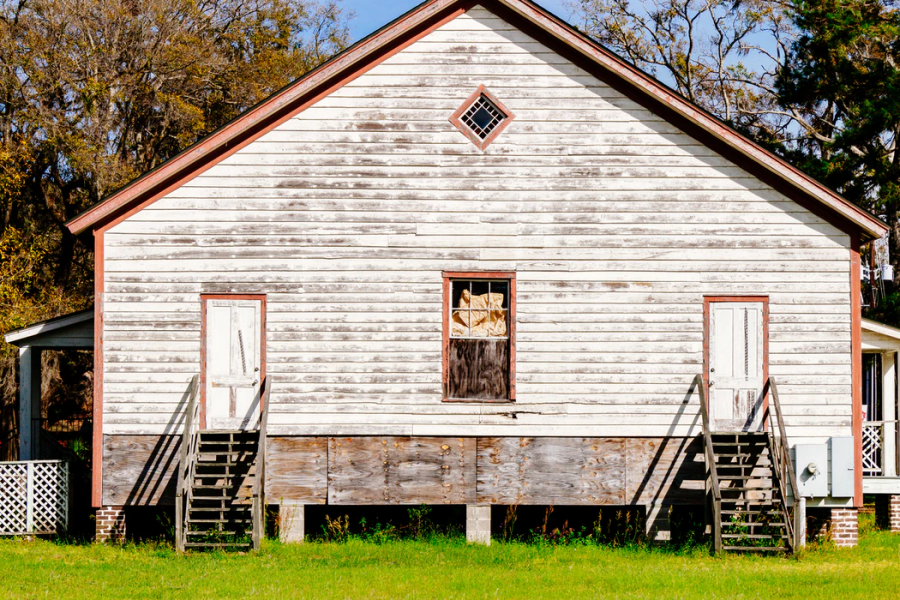Home sellers can attract more attention to their listings and increase their prices by improving the home’s foundation. The most effective method is to repair a foundation that may be cracked, settled, or sunken. Here are a few ways to stabilize your foundation before you make a sales listing.
Make Foundation Repairs
Over time, a home foundation may sink, rise, or tilt based on changes in the soil composition. The methods used to stabilize a foundation include pier installations, mud jacking, and house underpinning. Installing steel piers is the most common solution that supports the most weight with the least amount of resistance. Mud jacking involves lifting concrete slabs by injecting a mixture of cement and topsoil underneath.
Underpinning is the increase of the depth, length, or load capacity of a foundation. This is necessary to strengthen an existing foundation by increasing its size or depth so that it rests on a stronger layer of soil. Doing so will help ensure that your property remains secure for a long time.
Compact the Soil
If your house foundation becomes uneven, there may be something wrong with the soil. Soil compaction is recommended to strengthen the soil and to improve the foundation’s stability; however, this method must be done carefully to preserve the integrity of the house and reduce damage to the utility systems. This method places your house on a firmer and flatter level that is more suitable for laying down concrete or cement.
Reduce Flooding
It seems like water is harmless in damaging your home foundation. If your home is prone to frequent flooding, this water damages the foundation because the water seeps underground, penetrates the cracks, and creates widening effects. During a severe rainstorm, a fast torrent of floodwater and debris can push against the foundation and significantly weakens its structure over time. In some cases, the walls begin to separate from the rest of the house.
Several anti-flooding techniques include repairing and maintaining the roof gutters. Make sure that the downspouts are positioned so that the water flows away from the house. Homeowners who deal with extensive flooding may build drains, rain gardens, or flood barriers along the perimeter.
Foundation cracks, sagging floors, and uneven concrete slabs are common housing problems that should be fixed right away. But it’s not always possible to see foundation damages until it’s finally time to list the house for sale. Before putting the house on the market again, focus on stabilizing the foundation to increase the safety and efficiency of its future residents.

